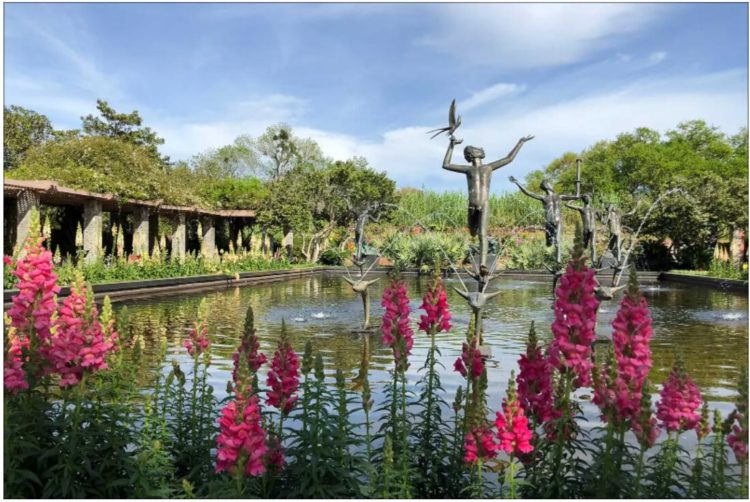South Carolina is a federal state of the United States of America and, like North Carolina, was named after the Latin name Carolus for the English King Charles I. The nickname of South Carolina is Palmetto State (“palm state”). In the extreme northwest, South Carolina is part of the Appalachian Mountains. South Carolina is 82,932 km² – is therefore slightly smaller than Austria – and has a population of around 4.6 million, of which around 30% are African American. The current capital is Columbia. The traditional capital is Charleston on the coast. South Carolina ratified the US Constitution on May 23, 1788 and is therefore the 8th founding state of the USA.
| Area | 82,932 km² |
| Residents | 4,961,119 |
| Residents per km² | 59.8 |
| Capital | Columbia |
| Postal Code | SC |
| ISO-3166-2 code | US SC |
| FIPS code | 45 |
Geography
South Carolina borders North Carolina to the north and Georgia to the south and west, with the Savannah River forming the border between the two states. Other large rivers are the Pee Dee (after the Indian people of the same name) and the Wateree . There are extensive marshes in the estuary of these rivers. In the east the state is bounded by the Atlantic.
The highest point is the Upstate, which contains a foothill of the Blue Ridge Mountains, which runs as far as Georgia and North Carolina as part of the Appalachian Belt. Here you can also find Sassafras Mountain at 1085 m, the highest mountain in South Carolina.
Climate
South Carolina has a humid subtropical climate (Köppen climate classification Cfa), although highland areas in the Upstate area have fewer subtropical features than areas on the Atlantic coast. In the summer, South Carolina is hot and humid. Daytime temperatures in most states average between 30–34 ° C and average minimum temperatures are 21–24 ° C on the coast and 19 to 23 ° C inland. Winter temperatures are less uniform in South Carolina.
History
The province of Carolina named by Charles II of England after his father was de facto separated into North Carolina and South Carolina in 1710/12 (officially only in 1729).
As the first North American colony, South Carolina declared its independence from Great Britain on March 15, 1776 and became the first state to ratify the first constitution of the United States on February 5, 1778. On May 23, 1788, South Carolina became the eighth state to become part of the United States of America.
With its secession from the Union on December 20, 1860, this state gave the impetus to found the confederation. This led directly to the American Civil War, which began on April 12, 1861 with the bombardment of Fort Sumte r (on an island off Charleston).
The crucial role that South Carolina played in the outbreak of the Civil War was also reflected in the songs of the Confederate soldiers during the war. The Bonnie Blue Flag was the most famous and widely used song in the Southern Army after Dixie. In this song, South Carolina is described as “chivalrous”, which the other secession states joined on its way (” First gallant South Carolina nobly made the stand, then came Alabama… “). South Carolina lost approximately one-third of its white male population of military age during the war.
Economy
The real gross domestic product per capita (per capita real GDP) was USD 42,272 in 2016 (national average of the 50 US states: USD 57,118; national ranking: 45). The unemployment rate was 4.0% in November 2017 (national average: 4.1%).
The following are of particular importance: wood processing, textile industry, automobile and aviation industry, electronic industry, chemical industry, cultivation of cotton, tobacco, fruit, animal husbandry and tourism on the Atlantic coast.
Also known as Palmetto State, South Carolina is short for SC with a population of 4,012,012. The capital city and the biggest city of South Carolina is Columbia.

